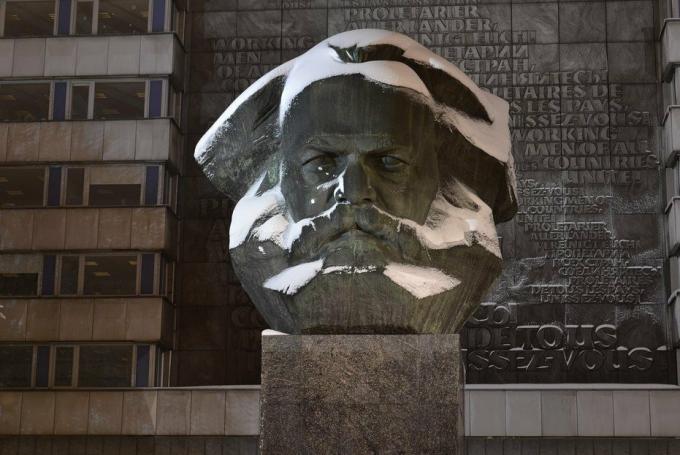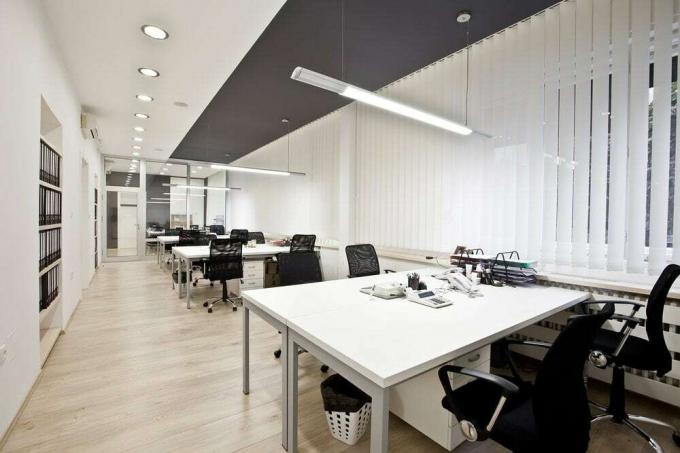A company is a system of human creation, which maintains a active interaction with its environment be they customers, suppliers, creditors, competitors, union entities, or many other external agents.
What's more, It is a system made up of various parts (subsystems) related to each other, that collaborate in harmony with the objective of achieving a series of purposes, both for the organization and its participants.
Advertisements
The behavior of such subsystems, instead of simply studying organizational phenomena based on individual behaviors.
In the open system as an organism, the environment intervenes and at the same time it intervenes on it, reaching a dynamic equilibrium. It is typical of the open system to compete with other systems, grow, change, adapt to the environment and even reproduce under certain environmental conditions.
It is typical of the open system to compete with other systems, grow, change, adapt to the environment and even reproduce under certain environmental conditions.
Advertisements
In this article you will find:
Characteristics of organizations as open systems
Probabilistic and non-deterministic behavior of organizations
Due to the influence of the environment on this and said environment, without limits, it changes constantly, in an unknown and uncontrolled way. The consequences of social systems are probabilistic and non-deterministic. Also because of human behavior that is never totally predictable. For this reason, the administration cannot expect that consumers, suppliers, regulatory agencies and others, will have a predictable behavior.
Organizations as parts of a larger society made up of smaller parts
Organizations are seen as systems within systems. These systems are complexes of elements placed in interaction, producing a whole that cannot be understood by taking the parts independently.
Advertisements
Interdependence of the parties
Any modification in one of the subsystems will affect the entire system (globalism). The internal and external interactions of the system reflect different levels of control and autonomy.
Homeostasis
This is achieved when two requirements are presented, unidirectionality and progress. Unidirectionality means that before changes suffered in the company or by different means, the same results or established conditions will be achieved. The progress referred to the desired end, is a degree of advance or improvement (progress) tolerable within the established parameters, achieving greater precision with less effort and under conditions of great variability. Unidirectionality and progress can only be achieved with leadership and commitment.
Advertisements
Borders or limits
It demarcates what is inside and outside the system. A border consists of a line (it could not be physical) closed around selected elements that have a greater role and interchange with the system. The permeability of the border will define the transit (of energy, information) between the system and the environment.
Morphogenesis
The organizational system, different from other mechanical systems and even biological systems, has the ability to modify its basic structural ways, is identified by W. F. Buckley as its main identifying characteristic.
Advertisements


